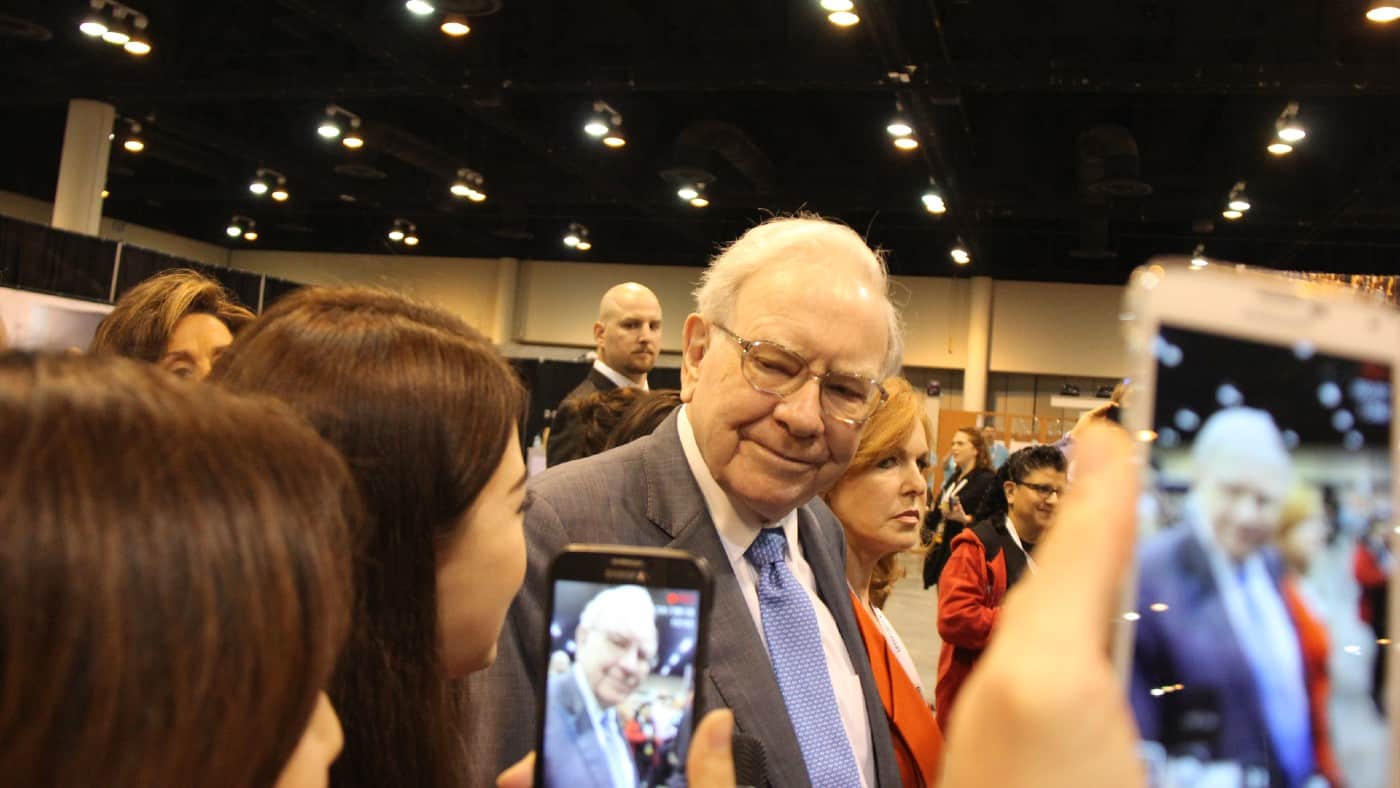Warren Buffett bought his first stock at the age of 11. Unfortunately, I didn’t start investing until later in life. But, what difference would it have made if I’d followed the advice of the great American investor, when I was much younger?
Words of wisdom
I got my first job when I was 17. I’m approaching 50 now, which means I could have been investing for 33 years.
That’s the first piece of advice, start early.
Second, take a long-term approach.
Many of Buffett’s quotes emphasise the need to invest for the long term. “If you aren’t thinking about owning a stock for 10 years, don’t even think about owning it for 10 minutes“, he once said.
Buffett’s third piece of advice is to invest in a tracker fund. He believes that over an extended period, this will out-perform the returns that a private investor will achieve.
As the name suggests, this investment product will track a particular index or group of stocks. This has the benefit of providing a diversified portfolio, without having to own all of the shares individually.
Some investors don’t like these funds as they enjoy picking stocks, and get a thrill from buying and selling. But, if you don’t want to be actively involved in the day-to-day management of your investments, then a tracker fund is ideal.
As an American, Buffett believes that the S&P 500 is the best index to follow. On this side of the Atlantic, the equivalent would be the FTSE 100.
Let’s crunch the numbers …
A simple example can help illustrate why Buffett is right.
My first job, working every weekend in the local DIY store, paid £1.50 per hour. Even on my modest wage, I’m sure I could have found £25 to invest each month.
According to IG, the average annual growth rate of the FTSE 100 from 1984 to 2019, was 5.8%.
Buffett also believes in re-investing any dividends received. This is an effective way of supplementing a regular investment. A reasonable estimate of the historical dividend yield, for the UK’s largest listed companies, would be 3.5%.
Based on these assumptions, after 33 years, I’d now have nearly £66,000. That’s not bad for a cash outlay of £11,400!
| Timescale (years) | Value of investment (£) |
| 1 | 329 |
| 2 | 688 |
| 3 | 1,082 |
| 4 | 1,513 |
| 5 | 1,986 |
| 10 | 5,112 |
| 15 | 10,035 |
| 20 | 17,786 |
| 25 | 29,989 |
| 30 | 49,201 |
| 33 | 65,686 |
Although this ignores the impact of inflation, broker’s fees, and stamp duty, it’s a powerful illustration of the benefit that could be gained from sensible long-term retirement planning.
But, Warren Buffett is 92 and still investing. If my table was extended for another 42 years, it would show a closing value of over £665k!
Lesson learned
My example shows the power of compounding. By investing small amounts over a long period and re-investing the dividends received, it’s possible to build significant wealth.
Of course, there are no guarantees. The past is not necessarily a good guide to the future.
But, I wish I’d spent less time reading Shakespeare when I was studying for my A-Level in English Literature and more time studying Buffett.
Perhaps, its time to put the teachings of the American investor on the school curriculum?








